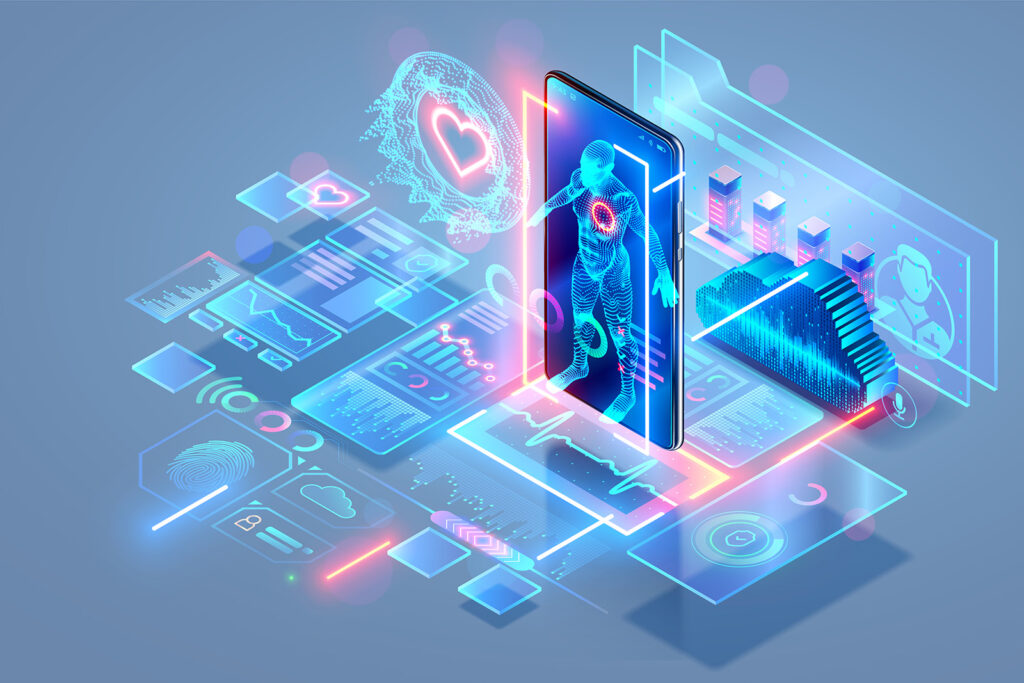
Resources
Attributing Offline Marketing Events
First, a couple definitions:
Online Attribution
A marketing term describing the way in which marketers assess the value or ROI of digital channels that connect them to potential customers. In other words, it’s the means by which the customer came to know and buy a brand’s product or service.
Examples of online conversions include clicks, downloads, e-commerce transactions, phone calls, and lead form submissions, among many others. Determining which digital source gets credit for a sale can be tricky, because multiple sources can influence the customer to make a purchase. Furthermore, if the conversion is not explicitly related to an e-commerce purchase, the value for that conversion must be assigned and is not immediate. That value is only realized if and when the lead decides to purchase.
Offline Attribution
Offline attribution is a marketing term that refers to the act of connecting digital and traditional marketing efforts to “real-life”, offline outcomes. In practice, it allows marketers to quantify an ROI for their marketing campaigns that extend beyond the highly-trackable online world.
If the purchase event is influenced by or occurs offline, those events must be quantified and tracked in order to be replicated.
*Knuckles crack.* Let’s break this down.
Say you’re an HR rep and a FINTECH app catches your attention on LinkedIn as a potential employee benefit. You’re taken to a landing page where you’re encouraged to fill out a form to learn more. The benefit is interesting but you’re busy, so you continue your workday without filling out the form.
Later, you get a retargeting ad in your email inviting you to schedule a demo to see how the product can competitively position you to hire and retain the best candidates. Conveniently this email offers a scheduling feature, which you decide to use, in order to see the demo.
At this point, online attribution would count the scheduling event as an online conversion, giving first-click credit to the LinkedIn post and last-click credit to the email. But, what happens after the lead completes a demo? Online attribution stopped at the demo scheduling request, but offline attribution has just begun.
Offline attribution must continue to track that prospect beyond their demo scheduling event, logging each phone call and face-to-face meeting as an additional touch point, eventually connecting the actual sale, along with the revenue it brings in, back to the initial online marketing efforts that helped land the prospect in the first place.
Whew.
Online and offline attribution modeling create a complete picture of the customer journey.
Marketers can track and manage these events individually, or they can simplify the process by using services that tie complex attribution models with offline purchase events. These platforms, designed and managed by firms like HexIQ, apply the same identifiers used to track online conversions to the eventual offline purchases that take place.
When a lead converts to a customer, you can see exactly which campaigns influenced the customer, from the time they first visited your website to the moment they decided to buy, whether online or offline. Ready to simplify your marketing efforts?








